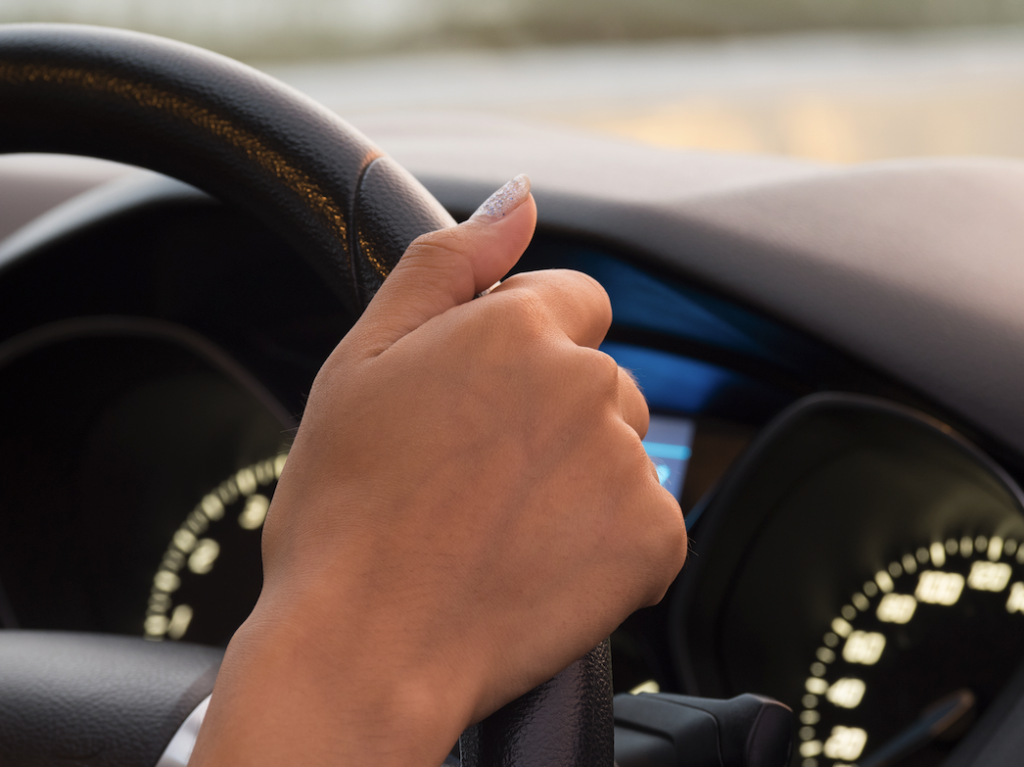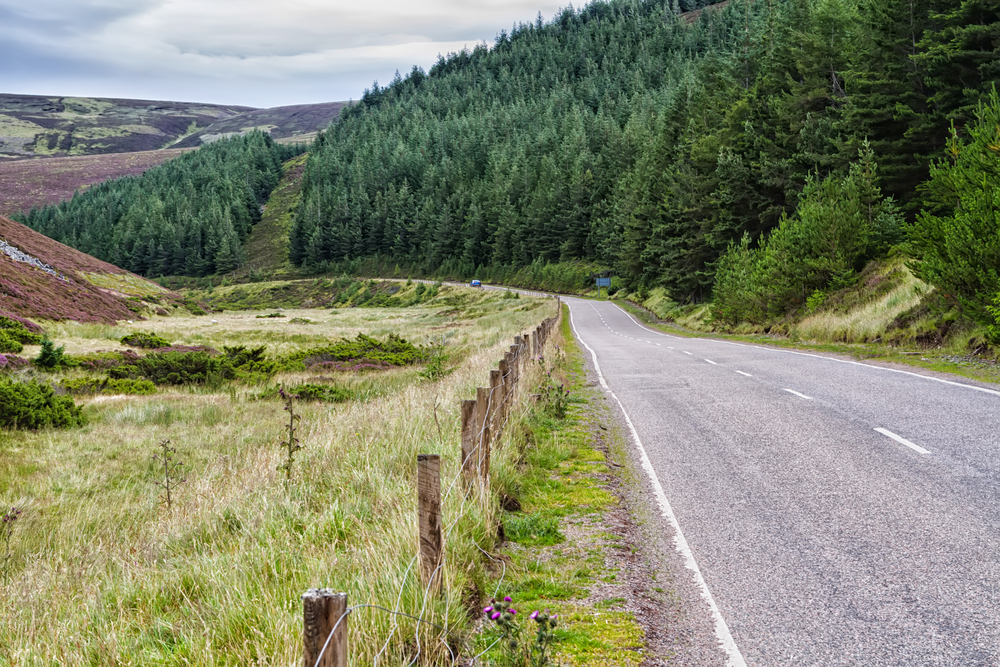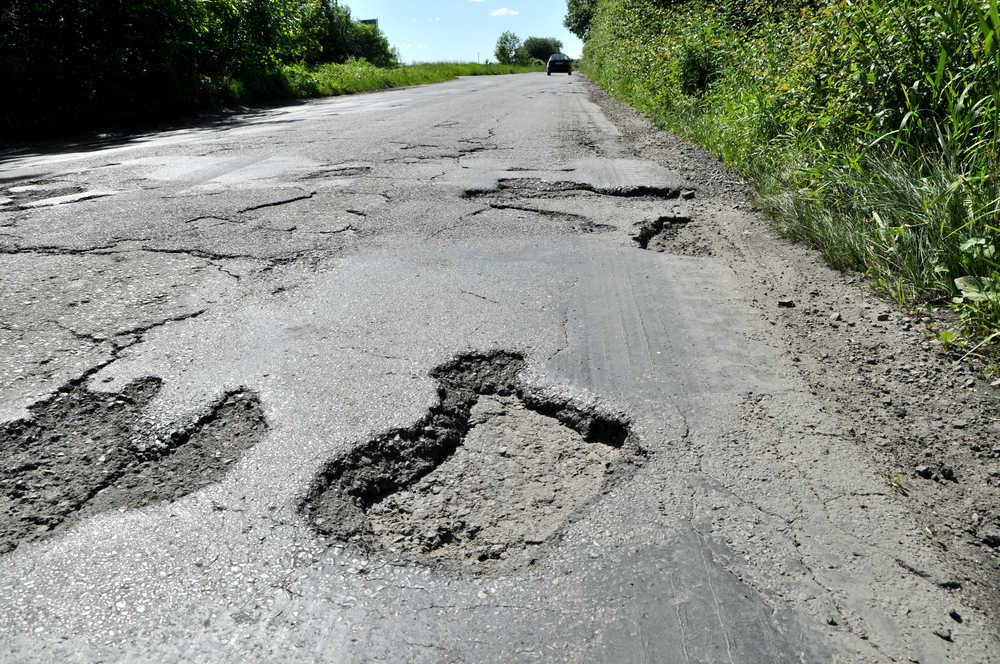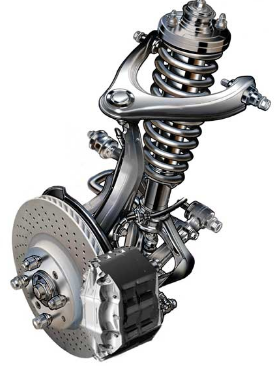Why Do Drivers Take Risks and Break Driving Laws?
Road safety is a concern for both private and business drivers, yet many motorists routinely engage in risky or unlawful driving behaviours. From everyday car commuters to professional van drivers, a portion of drivers choose to speed, use mobile phones while driving, tailgate, or perform aggressive manoeuvres despite the known dangers.
Understanding why drivers take these risks requires looking beyond just individual choices; it involves looking at their upbringing, education, and psychological makeup. This article explores common risky driving behaviours in the UK. It synthesises research on how someone’s childhood environment, educational background, and psychological and sociological influences shape attitudes toward driving and the law.
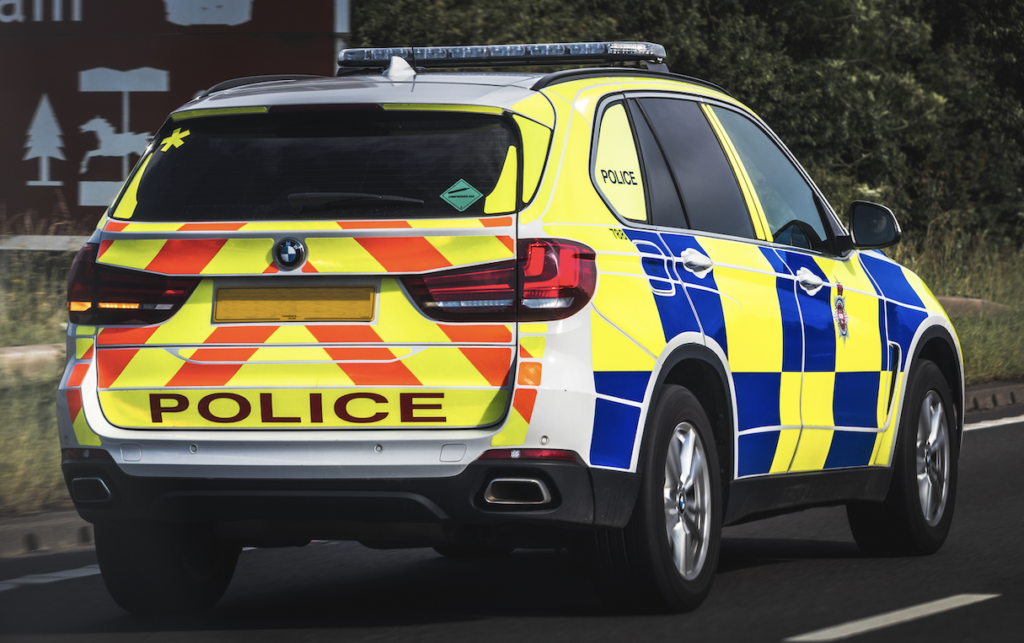
Common Risky Driving Behaviours:
Several dangerous or illegal driving behaviours are especially prevalent – and problematic – on UK roads. Key examples include:
1. Speeding: Exceeding speed limits or driving too fast for conditions is very common – we know this due to the number of pre-court driving courses we do, for drivers who have been caught speeding. In fact, more than half of fatal collisions in Great Britain (56% in 2023) involved at least one speed-related factor. This includes outright speeding, but also aggressive or reckless driving that often accompanies excessive speed. Young male drivers are disproportionately involved in such crashes, highlighting speeding as a top concern.
2. Distracted Driving (Mobile Phones): Despite laws banning handheld phone use, thousands are caught using phones behind the wheel each year. In 2023, over 15,000 UK drivers were prosecuted for handheld mobile phone use. Surveys indicate the problem is even wider: about 12% of drivers admit to making or taking calls regularly while driving, and nearly one in four UK drivers say illegal phone use by others is their biggest motoring concern. The risk is especially pronounced among young drivers – almost half of drivers under 25 admitted using a phone for calls while driving, far higher than older age groups.
3. Tailgating: Driving too close to the vehicle in front (“tailgating”) is not only intimidating but dangerous. It’s a leading cause of crashes on high-speed roads. Highways England data show that roughly one in eight road casualties on major roads in England is caused by tailgating. Over 100 people are killed or seriously injured annually in accidents where tailgating is a factor. Most tailgating incidents may stem from impatience or lack of awareness, and only a minority of offenders tailgate deliberately with aggressive intent. Nevertheless, this behaviour significantly increases collision risk. During our advanced driving courses, we often place a lot of focus on how to manage your space more effectively, which looks at tailgating, and also how to deal with drivers who may also be tailgating you.
4. Aggressive Overtaking and Other Dangerous Driving: Many UK motorists have witnessed drivers who weave through traffic, overtake with minimal clearance, or generally drive aggressively. These behaviours, often classed under dangerous driving, create a high risk of crashes. They frequently overlap with speeding, for example, attempting an overtake on a two-lane road by exceeding the speed limit. Police collision reports include “aggressive, dangerous or reckless” driving as a contributory factor in serious accidents. Such driving not only endangers the aggressive driver but also pressures other road users. It contributes to road rage incidents and a hostile driving environment.
Other risky behaviours could be noted (drink-driving, not wearing seatbelts, running red lights, etc.), but speeding, distraction, tailgating, and aggressive manoeuvres stand out as pervasive problems. These actions violate traffic laws and highway code recommendations, and they are proven to increase the likelihood and severity of crashes. Understanding why drivers engage in these behaviours is crucial to addressing them.
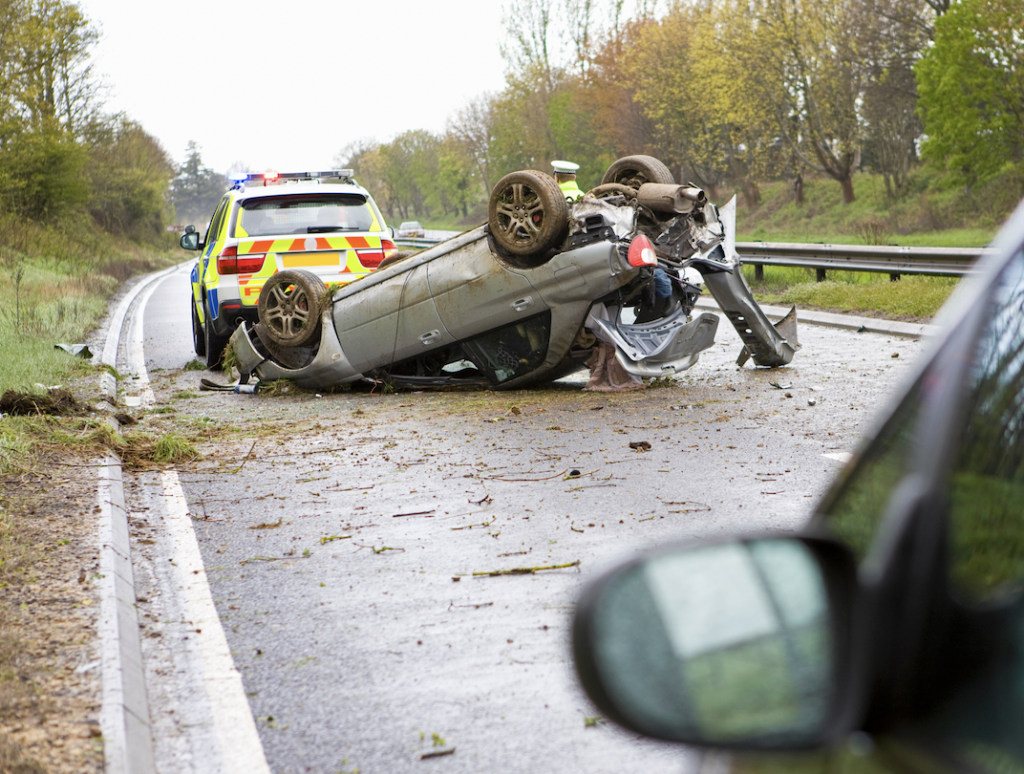
Influence of Upbringing on Bad Driving:
Behaviours on the road don’t develop in a vacuum; they are influenced by long-term socialisation that begins in childhood. A driver’s upbringing, including parental example, childhood environment, and early exposure to driving norms, plays a significant role in shaping attitudes toward driving and the law.
Parental Role Modelling: Parents and caregivers are typically a child’s first teachers about the rules of the road, even years before the child becomes a driver. Children observe how adults drive and subconsciously absorb those habits and attitudes. If a parent regularly speeds, rolls through stop signs, or shows road rage, a young observer may come to view such behaviour as normal or acceptable. A comprehensive literature review on the development of driving attitudes found that parents are an important long-term influence on young drivers’ behaviour. Parents serve as “driver role models,” imparting values by example; their comments about other drivers and road rules also send powerful messages to children. For instance, a parent who constantly curses “bad drivers” and boasts about their own superior skills might instil a sense of overconfidence or disdain for other road users in their child.
Likewise, if parents frequently flout traffic laws (yet expect their kids to obey rules elsewhere), teenagers may pick up on this double standard and grow to question or ignore official rules. In short, risky driving can be a learned behaviour, passed down through observational learning. This is why road safety experts emphasise that parents should reflect on the driving messages they send and remember that their habits behind the wheel can shape their children’s future driving.
Early Exposure and Norms: Childhood environment extends beyond the home as well. Community norms and early experiences can colour a person’s view of traffic laws. For example, a teenager who grows up in a rural area driving tractors or off-road vehicles at a young age might develop driving skills early, but could also pick up bad habits if safety oversight is lax.
Conversely, a youth in an urban area with congested traffic might learn defensive driving out of necessity. Moreover, if a young person’s peer group values thrill and rebellion, they may view speeding or stunt driving as a form of recreation long before they are licensed (e.g. joyriding with friends). Studies indicate that risk-taking tendencies can start in adolescence and are influenced by perceptions of peer behaviour and social identity. A desire to appear bold or “cool” can lead teens to embrace risky norms, especially if they’ve seen adults do the same.
Socio-Economic Factors in Upbringing: The socio-economic context of one’s childhood can also influence driving attitudes. Statistical analyses in the UK have revealed a socioeconomic gradient in road safety outcomes; people in more deprived areas are significantly more likely to be killed or seriously injured in road crashes than those in affluent areas. Part of this is due to environmental factors (e.g. higher exposure to fast traffic, poorer road infrastructure in low-income neighbourhoods). However, there is also evidence of differing social norms and enforcement levels.
In communities with high crime or deprivation, there may be a culture of lower compliance with laws in general, including traffic laws. Risky driving behaviours such as not wearing seatbelts, driving under the influence, or joyriding are documented to be more prevalent in disadvantaged areas. A child growing up seeing such behaviours as commonplace may internalise a weaker regard for traffic rules.
Additionally, if road policing is less present in those areas, young drivers might not expect strong consequences for violations. Socio-economic stress can also be a factor; youths with fewer opportunities might seek excitement in dangerous driving. The environment one is raised in, including family, peers, and community, collectively shapes how they perceive driving laws: either as essential safety measures, mere suggestions, or even obstacles to be challenged.
Education and Attitudes Towards Risky Driving:
Educational Background – both in terms of formal schooling and specific driver education, correlates with driving behaviour in noteworthy ways. The level of education can influence a driver’s risk tolerance and their likelihood of committing offences, through effects on knowledge, cognitive skills, and social factors.
General Education Level: Research has found a correlation between the highest education attained by drivers and their propensity for traffic violations. For example, one study reported that a driver’s educational level was correlated with deliberate traffic violations (wilful rule-breaking). Although that particular finding was outside the UK, it aligns with broader trends: drivers with lower educational attainment may be over-represented among those who speed or incur multiple traffic tickets. There are a few possible explanations. Education can enhance awareness of consequences; someone with a higher level of education might better understand the lifelong implications of a crash or the legal penalties, potentially deterring risky acts.
Higher education often also correlates with higher socio-economic status and occupational responsibility, factors which can encourage more cautious behaviour. Conversely, those who left formal education earlier may be less exposed to road safety messaging or may work in job environments (e.g., trades, manual driving jobs) where a “get the job done” culture prevails that tolerates bending the rules. It’s essential not to overgeneralise; plenty of well-educated individuals speed, and many less-educated drivers are very safe. However, statistically, education can subtly shift attitudes.
Driver Training and Road Safety Education: Apart from general schooling, the quality of someone’s driver education is critical. In the UK, all new drivers must pass tests, but beyond the basics, there is wide variation. Some young drivers take additional training (such as our younger driver advanced driving courses), which can instil safer habits. Evidence suggests that education-based road safety initiatives can improve driving behaviour. For instance, courses aimed at young drivers have reduced self-reported intentions to speed and improved knowledge of hazards. Similarly, authoritative guidance (through driving instructors or campaigns) can counteract misconceptions. For example, a Department for Transport study found that fostering a strong “safety culture” in professional driving fleets (through education and training) led to better speed limit compliance among work-related drivers.
On the other hand, if a person’s only education on driving norms came informally (e.g. being taught to drive by a relative who has bad habits), they may carry those risky habits forward. This is why we are focused on continuous education for drivers of all levels, as it is the key part of our business.
In summary, education acts as a modifier of driving behaviour. A higher level of formal education often correlates with attitudes that value compliance and long-term thinking, potentially leading to lower risk-taking on the road. Adequate driver-specific education can further reinforce safe practices. Conversely, gaps or shortcomings in education (general or driver-specific) can leave drivers less equipped to assess risk or more prone to cutting corners.

Psychosocial Traits: Why do some individuals seem drawn to risky driving? Psychology offers several answers. Certain personality traits and cognitive tendencies make drivers more likely to take chances or break rules. These traits often develop through interactions of genetics, upbringing, and social environment. Key psychological factors include:
Sensation-Seeking and Thrill Appetite: Drivers who score high in sensation-seeking crave excitement and novel, intense experiences. Speeding, rapid acceleration, weaving through traffic, or other daredevil moves may provide an adrenaline rush that these individuals find rewarding. Young males, in particular, often exhibit higher sensation-seeking tendencies, which partly explains their overrepresentation in statistics on dangerous driving.
Studies have consistently found that an impulsive sensation-seeking personality correlates strongly with risky and aggressive driving styles. In practice, this means such drivers may speed simply for the thrill of it, or take bends too fast because they enjoy testing limits. This trait can be mitigated by good role models or strict enforcement, but when combined with youth and peer pressure, it becomes a potent risk factor.
Overconfidence and “Illusion of Control”: Some drivers have an exaggerated belief in their skill and control over outcomes. Overconfidence can lead to underestimating dangers, for example, a driver might think they can handle driving 20 mph over the limit or texting while driving because they “know what they’re doing.” This mindset is often bolstered by early driving experiences (if they speed a few times without incident, they assume it’s safe) and by ego.
Research shows that overconfident young drivers are more likely to be involved in crashes in their first years of driving. The illusion of invulnerability (“accidents happen to other people, not me”) is a well-documented cognitive bias among adolescents and young adults. Without intervention, such drivers only recalibrate their self-assessment after a scare or accident, and sometimes not even then.
Locus of Control: In psychological terms, locus of control refers to whether a person tends to attribute outcomes to their own actions (internal locus) or to external factors like luck and other drivers (external locus). This orientation affects driving behaviour. A driver with a strong external locus of control might think, “Crashes are just bad luck” or “If I’m meant to have an accident, it’ll happen regardless of what I do.” Such beliefs can breed fatalism and careless habits. Indeed, studies note that drivers who exhibit more external locus traits pay less attention and take fewer precautions, essentially leaving safety “up to fate”.
In contrast, a driver with an internal locus believes their actions directly affect their safety; this can lead to more consistent seatbelt use, adherence to speed limits, and other careful behaviours. However, an internal locus coupled with high confidence might also spur some to take control inappropriately (e.g. “I’m skilled enough to handle high speeds”). Thus, the healthiest mindset is one that balances internal responsibility with realism about one’s limits.
Social Conformity and Peer Influence: Humans are social creatures, even behind the wheel. The desire to fit in with one’s social group can encourage risk-taking on the road, especially among younger drivers. Peer influence can be direct (friends egging on a driver to “floor it” or encouraging a racing challenge) or indirect (a driver simply emulating what their friends do or what they think is “cool”). In the UK, peer pressure has been identified as a significant factor in the crashes of young drivers. For example, having similar-age passengers dramatically increases crash risk for new drivers. One study found that newly licensed drivers with a car full of peers were four times more likely to be in a fatal crash, compared to driving alone.

The presence of peers can lead young drivers to show off by speeding, late-braking, or taking bends aggressively. This is a form of social conformity – the individual driver conforms to the perceived expectations of their group (even if it violates legal rules). On the flip side, when young drivers carry older adult passengers, their crash risk falls, indicating it’s not passengers per se but peer culture that influences the behaviour. Social norms also matter for adult drivers: if someone belongs to a community or subculture where law-bending is seen as normal (for instance, a clique of street racers or simply a workplace where “everyone speeds on deliveries”), they are more likely to adopt those behaviours to belong.
Aggression and Impatience: Some psychological profiles include higher trait aggression, which can manifest as hostility on the road (e.g. road rage, retaliatory driving). An aggressive driver may be quick to honk, tailgate, or attempt a dangerous overtaking manoeuvre when frustrated. Such behaviour is often linked to underlying stress or anger issues, and can be exacerbated by environmental triggers (traffic jams, provocation by another driver). Impatient personalities also tend to take risks – for instance, running red lights or weaving through traffic because they dislike any impediment to progress. Personality research confirms that hostility, aggression, and low agreeableness are associated with reckless driving incidents. These traits can be ingrained from one’s upbringing (e.g. exposure to aggression at home) or connected to stressful life conditions, but their impact is clearly seen in driving styles.
In Conclusion:
Risky driving behaviour in the UK is a multifaceted problem, stemming from a combination of personal disposition, social influences, and environmental context. Speeding, phone use, tailgating, and aggressive driving are not just isolated bad decisions; they are often the visible symptoms of deeper factors. A driver’s upbringing lays the groundwork: parents and early experiences teach (for better or worse) what “normal” driving looks like and how much respect to have for rules. Educational background and socioeconomic status further shape one’s attitudes and opportunities, influencing whether a person tends to comply with laws or feels disconnected from authority. Psychological traits such as sensation-seeking, impulsivity, and one’s locus of control directly affect how a person evaluates risk behind the wheel, while sociological factors like peer pressure or work culture can either reinforce or counteract those tendencies.
Understanding these influences is crucial for designing effective interventions. Road safety measures in the UK increasingly recognise that simply punishing bad driving is not enough – preventive strategies must target the human factors. This means educating parents and youth about the power of role modelling, incorporating emotional and social skills training in driver education (e.g. how to resist peer pressure or manage road anger), and working with employers to ensure commercial drivers are not forced into unsafe practices. It also means tailored approaches for high-risk groups: for example, graduated licensing to ease novices into driving, and targeted campaigns for occupational drivers about balancing productivity with safety.
In the end, reducing unlawful and risky driving is about changing drivers’ mindsets and environments as much as enforcing rules. By addressing how drivers are shaped as people, through upbringing, schooling, and social influences, the UK can foster a culture where safe driving is the norm and the multitude of factors that lead to risk-taking are kept in check. Safe roads are a collective responsibility, and that responsibility begins long before a driver turns the ignition key.
Sources:
Department for Transport (2024). Reported Road Casualties Great Britain: “Fatal Four” Speed Factsheet, 2023 – Key findings on the prevalence of speed as a factor in fatal crashes
Highways England / RAC (2018). Analysis of tailgating-related collisions – Tailgating causes 1 in 8 road casualties on major roads and over 100 KSI injuries annually
RAC Report on Motoring (2023). Driver attitudes survey – Data on mobile phone offences (15,300 prosecuted in 2023) and high self-reported phone use, especially among under-25 drivers
Waylen & McKenna (2008). Literature Review: Development of Children’s Attitudes to Driving – Evidence that parental driving behaviour heavily influences youths (parents as role models and norm setters)
European Transport Safety Council (2025). Research on inequality in road safety – Found road casualties higher in deprived UK areas, with more illegal driving behaviours (seatbelt non-use, DUI) in those communities
Abbas et al. (2020). Study on driver traits and risky driving – Linked personality factors (sensation-seeking, aggression, locus of control, etc.) with reckless driving and accidents
Brake (Road Safety Charity, UK) – Young Drivers Fact Sheet – Highlights young driver risk factors: immature impulse control, peer pressure (4× crash risk with peer passengers), and overconfidence in skills
TomTom Telematics Survey (2013) – Van Driver Behaviour – Reported 75% of UK van drivers speed at work due to time pressure, and many drive more cautiously in personal vehicles
Department for Transport statistics (2022) – Van Speed Compliance – Showed roughly half of van drivers speeding in 30 mph zones and on motorways, indicating work-related speeding is widespread

